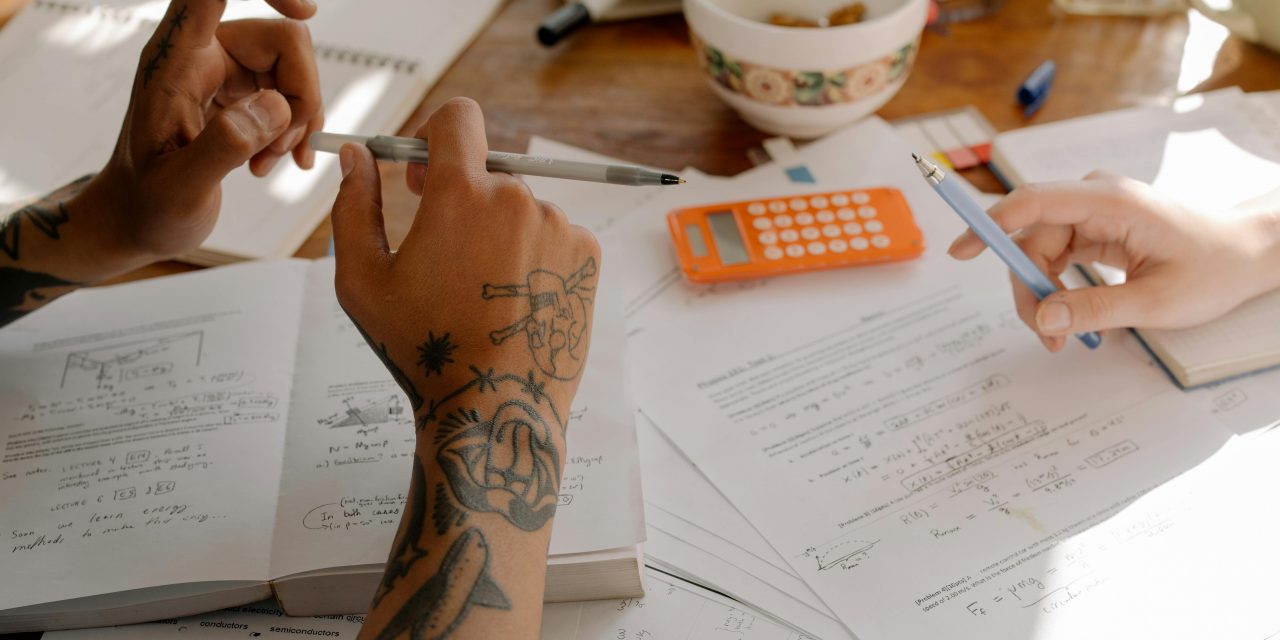Physics problems can range from straightforward calculations to intricate, multi-step challenges. For AP Physics students, mastering the art of solving complex problems is essential for success on the exam and in understanding the subject deeply. In this blog post, we’ll explore effective strategies for tackling complex physics problems and offer tips to help you navigate these challenges with confidence.
Understand the Problem
1. Read Carefully
- Analyze the Question: Carefully read the problem to understand what is being asked. Highlight or underline key information and variables.
- Identify Objectives: Determine what needs to be solved or explained.
2. Break Down the Problem
- List Known Variables: Write down all given information and identify what is unknown.
- Recognize Relevant Concepts: Pinpoint the physics principles or equations that apply to the problem.
Develop a Plan
1. Outline Your Approach
- Select Appropriate Formulas: Choose the relevant equations and principles needed to solve the problem.
- Determine the Sequence: Plan the steps required to solve the problem, including intermediate calculations.
2. Create a Strategy
- Use a Systematic Method: Follow a logical sequence to tackle each part of the problem. Break it into manageable steps if necessary.
- Consider Simplifications: If applicable, simplify the problem by approximating or assuming ideal conditions to make calculations more manageable.
Execute the Plan
1. Perform Calculations
- Carry Out Calculations: Execute your plan step-by-step, ensuring that each calculation is accurate and that units are consistent.
- Check Intermediate Results: Verify intermediate results to avoid errors that can compound in subsequent steps.
2. Double-Check Your Work
- Review Calculations: Recheck your calculations and ensure that all steps are followed correctly.
- Validate the Answer: Make sure the final answer makes sense in the context of the problem. Cross-check with physical intuition if possible.
Practice Problem-Solving
1. Work on Diverse Problems
- Solve Various Types: Practice with a wide range of complex problems to build proficiency and adaptability.
- Use Different Resources: Utilize textbooks, online problem sets, and past exam questions to expose yourself to different problem types.
2. Analyze Solutions
- Review Solutions: Study detailed solutions to understand problem-solving techniques and strategies.
- Learn from Mistakes: Analyze mistakes to understand where errors occurred and how to avoid them in the future.
Utilize Key2PHYSICS Tools
1. Interactive Problem Sets
- Practice with Key2PHYSICS: Use Key2PHYSICS’s customizable problem sets to practice complex problems tailored to your needs.
- Focus on Weak Areas: Target specific areas where you need improvement to strengthen your problem-solving skills.
2. Instant Feedback
- Receive Immediate Insights: Get instant feedback on practice problems to identify and correct mistakes quickly.
- Track Progress: Use Key2PHYSICS’s real-time learning charts to monitor your progress and adjust your study plan accordingly.
Stay Motivated and Confident
1. Set Goals and Track Progress
- Set Achievable Targets: Establish goals for your problem-solving practice and track your progress.
- Celebrate Achievements: Reward yourself for reaching milestones to stay motivated.
2. Seek Support
- Join Study Groups: Collaborate with peers to discuss and solve complex problems together.
- Consult Educators: Reach out to teachers or tutors for additional guidance and clarification on challenging topics.
Conclusion
Solving complex physics problems requires a blend of careful analysis, strategic planning, and consistent practice. By understanding the problem, developing a clear plan, executing it accurately, and utilizing resources like Key2PHYSICS, students can enhance their problem-solving skills and excel in AP Physics. Approach each problem with confidence and use these strategies to tackle even the most challenging questions effectively.

